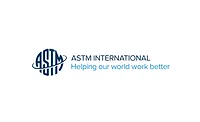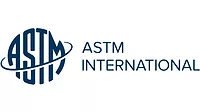Proposed ASTM Standard Provides for Use of X-Ray Spectrometry in Testing for Lead Content
The presence of lead in toys and other consumer products continues to make headlines. The Consumer Product Safety Improvement Act, a United States law enacted in August 2008, addresses the lead issue and makes provisions for the use of X-ray spectrometry in testing for lead content.
WASHINGTON, D.C. - The presence of lead in toys and other consumer products continues to make headlines. The Consumer Product Safety Improvement Act (CPSIA), a United States law enacted in August 2008, addresses the lead issue and makes provisions for the use of X-ray spectrometry in testing for lead content.
To aid the toy and consumer products industries in using X-ray spectrometry for lead detection and meet the requirements of CPSIA, ASTM International Committee F40 on Declarable Substances is currently developing a proposed new standard, WK21957, Test Method for Identification and Quantification of Lead in Paint and Other Coatings Using Energy Dispersive X-ray Spectrometry (EDXRF).
According to Stanislaw Piorek, Principal Research Scientist in the Niton Analyzers business unit of Thermo Fisher Scientific Inc., and a member of Committee F40, using X-ray spectrometry allows for nondestructive testing for lead both in a product and within the paint that covers it. While an ASTM standard that covers XRF testing in paint for lead does exist (E2120, Practice for the Performance Evaluation of the Portable X-Ray Fluorescence Spectrometer for the Measurement of Lead in Paint Films), the proposed new standard will also be appropriate for use with toys and other consumer products.
WK21957 is under the jurisdiction of Subcommittee F40.01 on Test Methods. All interested parties are invited to participate in the standards developing activities of the subcommittee and of Committee F40.
For technical information, contact Stanislaw Piorek, Thermo Fisher Scientific Inc., at stan.piorek@thermofisher.com. Committee F40 meets April 22-24 in Vancouver, British Columbia, Canada.
ASTM International welcomes and encourages participation in the development of its standards. ASTM’s open-consensus process, using advanced Internet-based standards development tools, ensures worldwide access for all interested individuals.
Looking for a reprint of this article?
From high-res PDFs to custom plaques, order your copy today!








